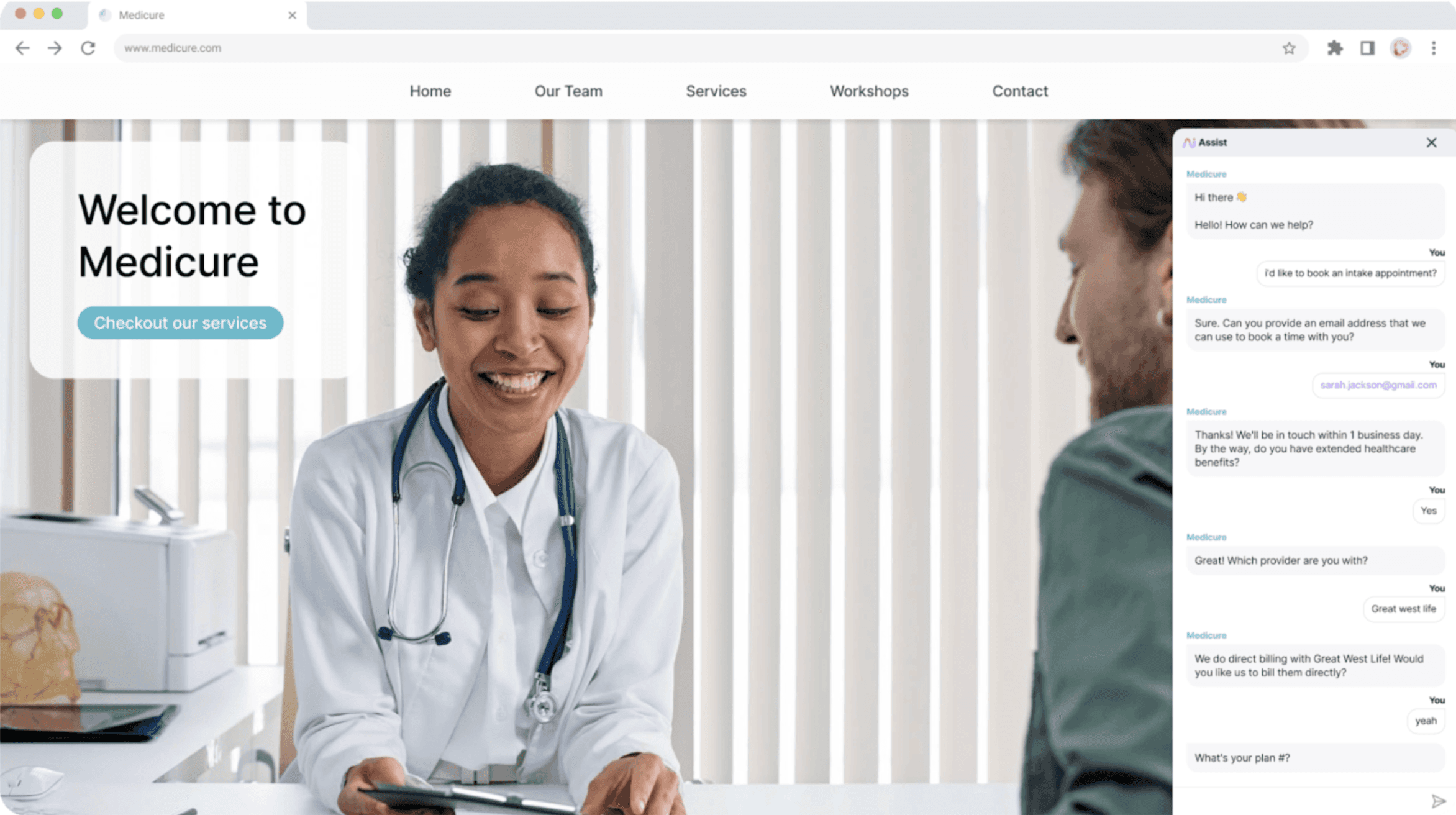Call center pricing: Call center expenses and cost breakdown

Senior Content Marketing Manager

Tags
Share
When running a call center, understanding the costs you'll face is crucial for staying on track with your business goals. This guide will walk you through the key expenses to expect and help you plan your budget effectively.
A common pitfall when setting up a call center is failing to define clear objectives from the start. Having a strong strategy and mission in place can ensure that your financial decisions align with your business needs, making it easier to distinguish between what’s necessary and what’s not.
We spoke with Robby Paul, Executive Vice President of Contact Center & Collaboration for IT services and consulting organization, Anexinet—his years of experience in the industry have helped him hone his strategic budgeting skills.
“The most common mistake I see when people set up contact centers is that they don't start with the end in mind; they just get started,” says Paul. “Ask yourself: ‘Am I actually accomplishing what I want to?' Then make the spend.”
Keep reading to learn more about how to budget for your contact center operations.
Common call center costs
When planning to set up an in-house or outsourced call center, there are several key cost categories to consider. While exact figures can vary depending on a variety of factors, here are some common areas where you can expect to incur expenses and how to estimate them effectively:
Call center solution pricing
You'll need to select contact center software through which to conduct your business—deciding which features you need to serve your contact center's purpose will help you decide on the right technology relationship. This is an ongoing cost.
Telecommunications costs
All the hardware and software required to do the job. This is an ongoing cost, as technology changes and your center scales. Some rely on PBX-based telephony solutions, although that's being replaced by cloud-based Contact Center as a Service (CCaaS) platforms.
👉 Dialpad tip:
CCaaS platforms like Dialpad will price by the number of users, with discounts if paid annually. This allows you to easily scale your communications solution up or down if needed. If you decide to add more users midway through the year, many CCaaS service providers will allow you to prorate the cost.
Other costs to consider
Consulting costs
Pre- or post-implementation consulting can help you identify and understand your business needs to best position your call center or contact center to succeed—might be a nice-to-have, and can be quite costly. It's usually a one-time cost but depends on the consultant's pricing structure.
Integration expenses
If you're trying to create a frictionless experience for your clients, you'll need to integrate multiple areas of data, and sometimes connect disparate SaaS services, which will cost you. This is a one-time cost.
👉 Dialpad tip:
Many SaaS solutions (not just CCaaS) come equipped with pre-built integrations to popular apps and services like CRMs. However, these integrations are generic and may not work the way you expect. Verify that these integrations have the API endpoints you need before committing to a product.
A special note on labor and/or call center outsourcing costs
As labor will be your biggest expense, there are some further considerations under this category that might affect your costs.
Labor costs
Labor will typically be your largest expense when running a call center. Below are key factors that will influence your labor-related costs:
Schedule efficiency: To optimize staffing, you need to understand your business’s calendar and forecast demand based on trends and past data. For instance, during high-volume periods like Black Friday, you may need more agents compared to regular days. Using predictive analytics can help you make smarter staffing decisions. Expect to adjust agent numbers according to seasonal spikes and special events.
Shrinkage: This refers to the amount of time an agent spends that isn’t spent directly helping customers, such as during breaks or downtime. Reducing shrinkage can lower your cost per call, but it’s important not to push agents too hard. Overworking agents can lead to burnout and decreased efficiency. Balancing agent work hours with their well-being is essential to maintaining long-term productivity.
Absenteeism: Absenteeism includes the time agents take off for reasons like sick days or personal leave. This factor affects your overall staffing levels and, in turn, your costs. One way to manage absenteeism is by introducing self-service options for customers. The more self-service tools (like chatbots) you implement, the fewer agents you may need, lowering your cost per call.
Call center outsourcing costs
Outsourcing your call center to a third party can alleviate the challenges of recruitment and team management. You’ll just need to factor in the costs associated with outsourcing, which include:
Third-party provider fees: Outsourcing can offer flexibility and scalability, but it often comes with a cost. Providers typically charge based on the volume of calls, the complexity of the service, or per-agent pricing. Ensure you understand the pricing structure of your outsourcing partner to assess whether it aligns with your business needs and budget.
Technology and integration costs: Even with an outsourced call center, you will still need to ensure integration with your internal systems. This could involve costs related to software platforms, training, and ensuring a seamless communication flow between your outsourced team and your in-house staff.
Quality control and monitoring: While outsourcing can save you on recruitment and overhead, you’ll need to invest in monitoring and ensuring that service quality meets your standards. This might involve periodic audits, call monitoring systems, or dedicated teams for training and quality assurance, which can add to your overall outsourcing costs.
Call center cost breakdown example
To help you visualize how your contact center costs might break down, here's an example with estimated costs. These costs can vary depending on your business size, location, and specific needs, but this should give you a general idea:
Cost category | Description | Estimated costs |
Full-time salaries | The number of agents and supervisors needed, based on industry averages. (You can research salary data from platforms like Glassdoor.) | $40,000–$60,000 per agent/year (depending on location) |
Inefficiencies / lost time | Lost time due to after-call work, long hold times, or ineffective processes. These inefficiencies can lead to hidden costs. | Varies significantly depending on inefficiencies, but can add 5–20% to overall labor costs |
Software | The tools and platforms needed for your call center, such as CRM software, contact center systems, and Google Workspace. Monthly or annual subscriptions for SaaS tools. | $100–$1,000 per month per tool (e.g., $1,200–$12,000/year) |
Telephony costs | Charges from telephony providers for calls, including rates based on inbound or outbound calls and call volume. | $0.01–$0.20 per minute (depending on the provider and call volume) |
Building lease / rent | The cost of renting office space, unless you have remote agents, in which case this may not apply. | $20–$50 per square foot per year (for traditional office space) |
3 ways to reduce call center costs
When you’re looking to lower your call center expenses, there are several strategic approaches that can help streamline operations and improve efficiency. Here are three key tactics to consider:
1. Use Ai to improve agent productivity and lower costs
Integrating Ai-powered tools like chatbots and automated assistants can significantly boost agent productivity while reducing costs.
Ai can handle a huge variety of repetitive tasks, from answering frequently asked questions, to routing calls, to providing support for different inquiries and tasks. This reduces the workload on your agents, allowing them to focus on more complex issues, ultimately lowering operational costs and improving service speed. For example, Dialpad Ai can answer your customers’ and prospects’ questions on your website:

2. Move to a cloud contact center
Transitioning from traditional on-premises call center infrastructure to a cloud-based system can result in significant cost savings over the long run.
Where cloud contact centers can save on costs
Infrastructure | Cloud contact centers eliminate the need for physical servers and hardware, reducing capital expenses and maintenance costs. |
Staffing efficiency | Automation and Ai-driven solutions reduce the need for manual intervention, which lowers labor and staffing costs. |
Scalability | Cloud solutions allow for easy scaling based on demand, preventing over-investment in infrastructure during low-traffic periods. |
Maintenance | Cloud providers offer software updates, security patches, and support as part of the service, reducing costs for IT teams and external vendors. |
Cloud call centers typically require less physical hardware, lower upfront investments, and offer scalable solutions that grow with your business.
With cloud systems, you also have the flexibility to support remote work, reducing overhead costs associated with office space and utilities. On top of that, many cloud solutions offer advanced features like integrated analytics and Ai automations that can further optimize operations, improve forecasting, and identify cost-saving opportunities (without you having to build a team to build that functionality out yourself).
3. Use an omnichannel contact center solution to consolidate your tech stack
An omnichannel contact center helps streamline your communication tools into one unified platform, which lets your agents manage interactions across phone, email, chat, social media, and more from a single interface.
This consolidation also reduces the need for multiple platforms and lowers subscription costs, which can really add up if you have separate video conferencing, messaging, and business phone system solutions.
A side benefit of this is that by streamlining customer interactions across all channels, you also reduce the likelihood of missed opportunities, which leads to better customer retention and more cost-effective service.
How will you optimize call center costs?
Overall, creating a cost-effective contact center comes down to asking yourself how you're going to solve problems. “Determining it all is, ultimately, a complicated math equation,” says Paul. But if you start with the end in mind, and choose partnerships that best serve your clients' needs, you'll do more than save money for your business—you'll increase profitability, always know your true costs, and have an impact on the organization that won't go unnoticed.
See why Dialpad Support is the best choice for your new contact center
Discover first-hand how Dialpad Support can help future-proof your contact center operations while delivering immediate results!
